Thomas Albertus Irnberger, Michael Korstick - Beethoven: Violin Sonatas, Vol. 1-4 (2014-2016)
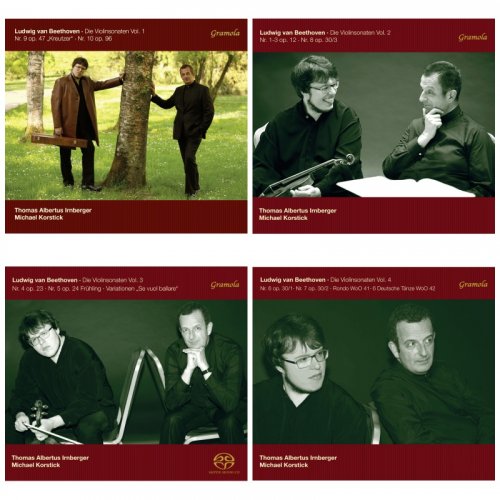
Artist: Thomas Albertus Irnberger, Michael Korstick
Title: Beethoven: Violin Sonatas, Vol. 1-4
Year Of Release: 2014-2016
Label: Gramola Records
Genre: Classical
Quality: flac lossless (tracks) / flac 24bits - 192.0kHz
Total Time: 04:05:51
Total Size: 991 mb / 2.12 gb
WebSite: Album Preview
TracklistTitle: Beethoven: Violin Sonatas, Vol. 1-4
Year Of Release: 2014-2016
Label: Gramola Records
Genre: Classical
Quality: flac lossless (tracks) / flac 24bits - 192.0kHz
Total Time: 04:05:51
Total Size: 991 mb / 2.12 gb
WebSite: Album Preview
Beethoven: Violin Sonatas, Vol. 1
01. Violin Sonata No. 9 in A Major, Op. 47 "Kreutzer": I. Adagio sostenuto - Presto
02. Violin Sonata No. 9 in A Major, Op. 47 "Kreutzer": II. Andante con variazioni
03. Violin Sonata No. 9 in A Major, Op. 47 "Kreutzer": III. Finale. Presto
04. Violin Sonata No. 10 in G Major, Op. 96: I. Allegro moderato
05. Violin Sonata No. 10 in G Major, Op. 96: II. Adagio espressivo
06. Violin Sonata No. 10 in G Major, Op. 96: III. Scherzo. Allegro
07. Violin Sonata No. 10 in G Major, Op. 96: IV. Poco allegretto - Adagio espressivo
Beethoven: Violin Sonatas, Vol. 2
01. Violin Sonata No. 8 in G Major, Op. 30 No. 3: I. Allegro assai
02. Violin Sonata No. 8 in G Major, Op. 30 No. 3: II. Tempo di minuetto, ma molto moderato e grazioso
03. Violin Sonata No. 8 in G Major, Op. 30 No. 3: III. Allegro vivace
04. Violin Sonata No. 1 in D Major, Op. 12 No. 1: I. Allegro con brio
05. Violin Sonata No. 1 in D Major, Op. 12 No. 1: II. Theme & Variations. Andante con moto
06. Violin Sonata No. 1 in D Major, Op. 12 No. 1: III. Rondo. Allegro
07. Violin Sonata No. 2 in A Major, Op. 12 No. 2: I. Allegro vivace
08. Violin Sonata No. 2 in A Major, Op. 12 No. 2: II. Andante, più tosto allegretto
09. Violin Sonata No. 2 in A Major, Op. 12 No. 2: III. Allegro piacévole
10. Violin Sonata No. 3 in E-Flat Major, Op. 12 No. 3: I. Allegro con spirito
11. Violin Sonata No. 3 in E-Flat Major, Op. 12 No. 3: II. Adagio con molto espressione
12. Violin Sonata No. 3 in E-Flat Major, Op. 12 No. 3: III. Rondo. Allegro molto
Beethoven: Violin Sonatas, Vol. 3
01. Violin Sonata No. 4 in A Minor, Op. 23: I. Presto
02. Violin Sonata No. 4 in A Minor, Op. 23: II. Andante scherzoso, più allegretto
03. Violin Sonata No. 4 in A Minor, Op. 23: III. Allegro molto
04. 12 Variations on "Se vuol ballare" for Violin & Piano, WoO 40 (After W.A. Mozart)
05. Violin Sonata No. 5 in F Major, Op. 24 "Spring": I. Allegro
06. Violin Sonata No. 5 in F Major, Op. 24 "Spring": II. Adagio molto espressivo
07. Violin Sonata No. 5 in F Major, Op. 24 "Spring": III. Scherzo. Allegro molto
08. Violin Sonata No. 5 in F Major, Op. 24 "Spring": IV. Rondo. Allegro ma non troppo
Beethoven: Violin Sonatas, Vol. 4
01. Violin Sonata No. 6 in A Major, Op. 30 No. 1: I. Allegro
02. Violin Sonata No. 6 in A Major, Op. 30 No. 1: II. Adagio molto espressivo
03. Violin Sonata No. 6 in A Major, Op. 30 No. 1: III. Allegretto con variazioni
04. Rondo for Violin & Piano in G Major, WoO 41
05. 6 German Dances, WoO 42
06. Violin Sonata No. 7 in C Minor, Op. 30 No. 2: I. Allegro con brio
07. Violin Sonata No. 7 in C Minor, Op. 30 No. 2: II. Adagio cantabile
08. Violin Sonata No. 7 in C Minor, Op. 30 No. 2: III. Scherzo. Allegro
09. Violin Sonata No. 7 in C Minor, Op. 30 No. 2: IV. Finale. Allegro - Presto
'Time is a strange thing' - grumbles the Marschallin in Der Rosenkavalier. Initially, it flows along, hardly discernible, until it finally makes you feel your own transience, with the image of the trickling hourglass in your mind. The concept of 'time' also interested the young Richard Strauss, albeit in a different sense to the Marschallin. His Sonata for Violin and Piano in E flat major op. 18 contains the concepts of past, present and future as well as the term of timelessness. It is a work with a Janus face, illustrating the past and the present and pointing ahead to the future. It mirrors the composer's musical roots, such as e.g. in the second movement which seems like a song without words by Mendelssohn, but contains references both to Beethoven's Piano Sonata op. 13 ('Pathétique') and to Schubert's ballad The Erl King, whilst the first and final movements are influenced by Schumann, on the one hand, and express Strauss' current enthusiasm for Wagner's Tristan, on the other. By contrast, the hidden allusions to his own tone poem Don Juan show the way the composer wanted to go in the near future.
If we wanted to translate the sounds of the violin into visual terms, we would have to imagine a mysterious magic realm showing similarities to the Venusberg of the love goddess Venus. ('When I gradually became familiar with Richard Wagner's works, I only recall that in Tannhäuser the transformation from the Venusberg to the Wartburgtale made the greatest impression on me ...').
Here, a hero characterized by the heroic key of E flat major (Strauss' Ein Heldenleben, Beethoven's Eroica) and an urgent, heroic theme adorned with triplet arabesques lives his timeless life in an ecstasy of love and pleasure, accompanied by a waltz with the performance direction 'Appassionato'. Once Strauss has subverted his love song with a reference to Schubert's Erl King with the expression of the daemonic in the second movement, he then becomes concrete in the main theme of the third movement. His hero is not Tannhäuser, but Don Juan, the archetype of the seducer, and the violin sonata is his musical way to him and his Venusberg. The philosopher Kierkegaard already preceded him with a literary realization in 1843:
'There, sensuality is at home, there it has its wild joys; for it is a realm, a state. In this realm, language has no home, nor the sobriety of thinking, nor the arduous achievement of reflection, there alone the most elementary voice of passion can be heard, the game of lust, the savage din of ecstasy, there you enjoy eternal rapture. The first born in this realm is Don Juan.'
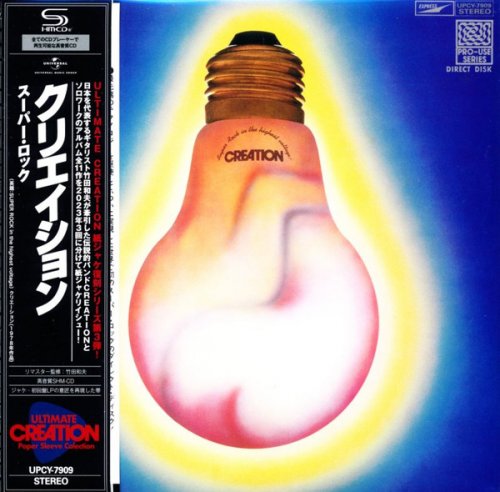
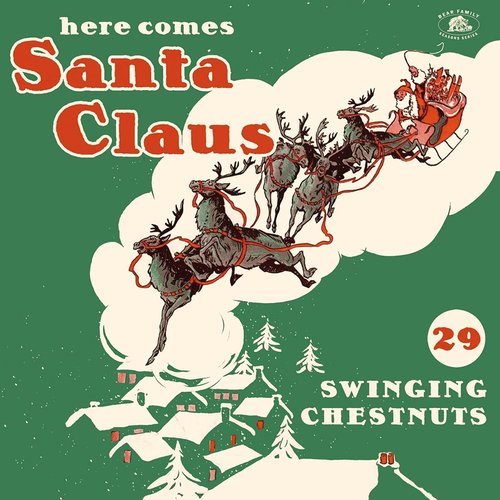

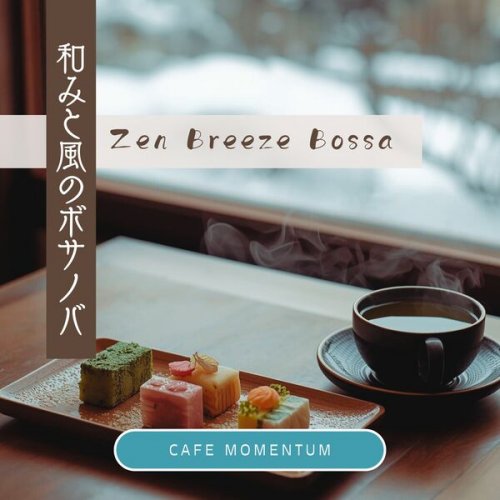
![Johnny Janis - Playboy Presents... Once In a Blue Moon (2015) [Hi-Res] Johnny Janis - Playboy Presents... Once In a Blue Moon (2015) [Hi-Res]](https://img.israbox.com/img/2025-12/29/hpechfkz7kpvyn01p0qdae2u4.jpg)
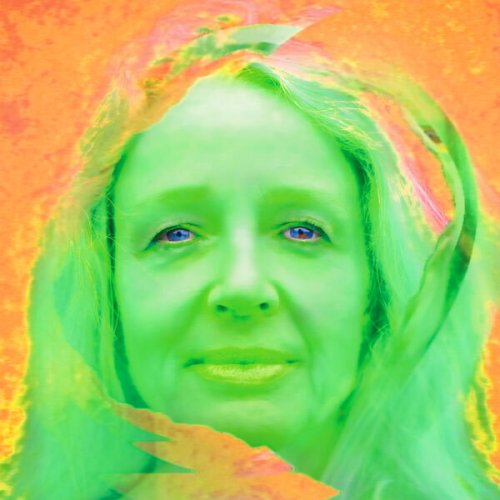
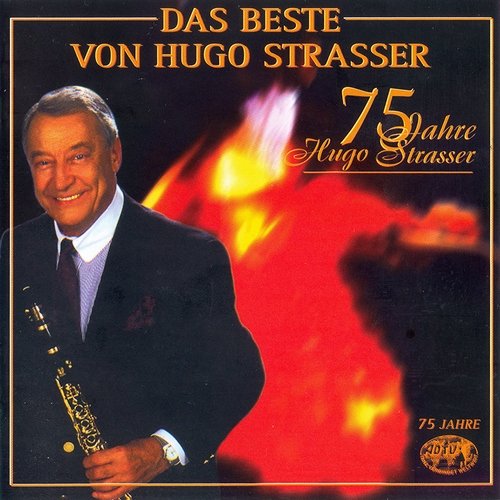

![Turma da Gafieira - Samba Em Hi-Fi (2022) [Hi-Res] Turma da Gafieira - Samba Em Hi-Fi (2022) [Hi-Res]](https://img.israbox.com/img/2025-12/25/uoi60ek915jn9jylif45ufqxd.jpg)